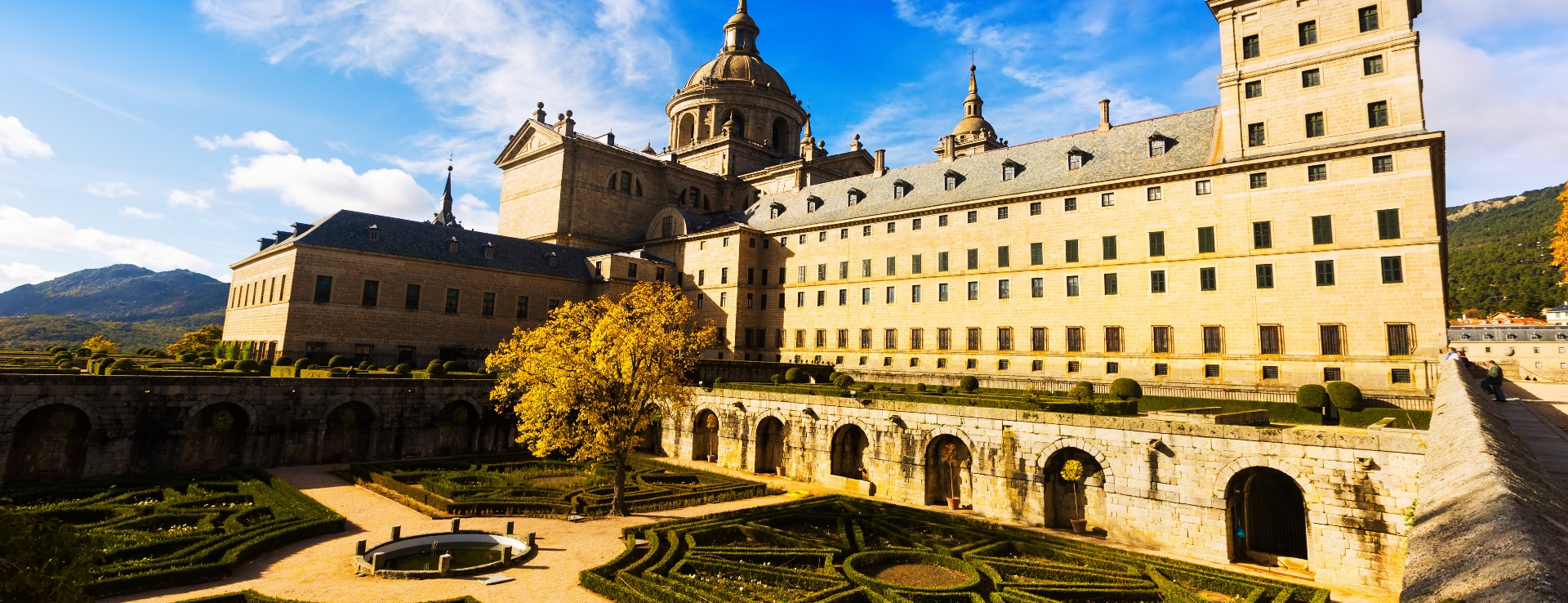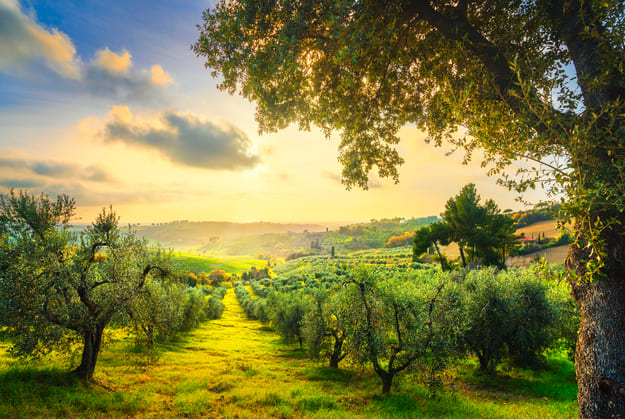Find your olive grove or oil mill
Infographic of the area

Madrid
In Madrid, the DO Aceite de Madrid stands out as the only DO for olive trees in the area.
DO Aceite de Madrid
In the Community of Madrid some 24,850 hectares of olive groves are cultivated by some 4,500 farmers, making it the most extensive woody crop, ahead of vineyards. These olives are used to produce around 4,000 tonnes of oil and are spread over 90 municipalities in the counties of Campiña, Suroccidental and Las Vegas, with Villarejo de Salvanés, Colmenar de Oreja, Chinchón, Campo Real, Arganda del Rey, Morata de Tajuña and Valdaracete standing out for their size.
Varieties
The main varieties of olive trees are Cornicabra and Manzanilla, with a lower percentage of others such as Carrasqueña, Verdeja, Gordal and Picual.
History
From a historical point of view, in Villarejo de Salvanés there are records that assure the existence of a prosperous olive tree cultivation, which resulted in almost 10% of the land being occupied in 1498 and 1511.
It was the Company of Jesus, from its establishment in 1602 in the nearby town of Arganda, which began a policy of purchasing rural plots of land which it gradually transformed into vineyards and olive groves, expanding its holdings also in the municipality of Morata from 1640 onwards.
Climate and soils
The singularity of the geographical description as a transition zone between the single-varietal production areas of Guadalajara and Cuenca with the verdeja variety and Toledo with the cornicabra variety, allows for this natural multivarietal blend of main and minority varieties, which is another unique sign of identity.
Another common feature that has a fundamental influence on the crop are the extreme winter and summer conditions, low rainfall and the decisive presence of frost during the harvesting months. These factors have meant that for centuries different varieties of olive have been cultivated, and only the Cornicabra, Manzanilla Cacereña, Carrasqueño, Gordal Sevillana and Picual varieties have adapted best to this climate and the agronomic management of the area.
Within the geological and edaphological characteristics of the region, the shallow, alkaline and saline soils have once again left their mark on the crop, which is subject to continuous stress and selection of the varieties present.
During the harvesting months, these regions suffer sharp temperature drops (-4ºC to -5ºC), causing significant frosts. The adapted olive varieties present tolerate these extreme cold conditions. The peroxidation processes are much lower compared to the behaviour of other varieties. This situation is due to their chemical composition. It is worth mentioning the high content in A.G. Oleic, low content of A.G. Linoleic, generating a high setting coefficient that provides great oxidative stability.
Olive oil mills
Aceite de Oliva Campo Real S.L, Aceitera de Arganda Sociedad Cooperativa, Aceites Naturales de España S.L., Agroalimentaria Torremocha S.L., Cooperativa Aceitera de Tielmes, Cooperativa del Campo Santo Cristo, La Aceitera de la Abuela S.L., Recespaña Sociedad Cooperativa, San Esteban Protomártir, Virgen de la Nueva, La Peraleña, Santiago Apóstol, Virgen del Rosario, Santa Lucía, Almazara La Concepción, Sociedad Cooperativa del Campo Aceitera, Vega Carabaña S.L, Vinos y Aceites Laguna S.L. and Virgen de la Oliva Sociedad Cooperativa.
Olives
Subscribe to our mailing list to receive news about olive groves and oil mills.



